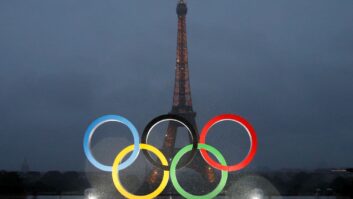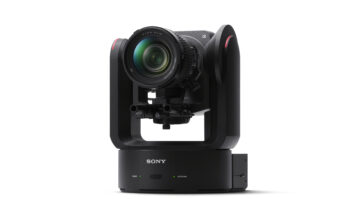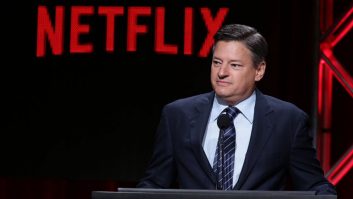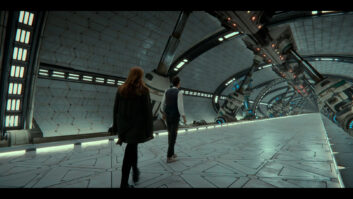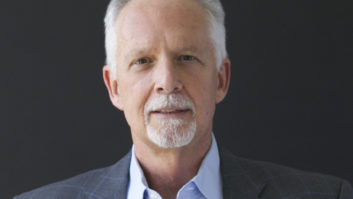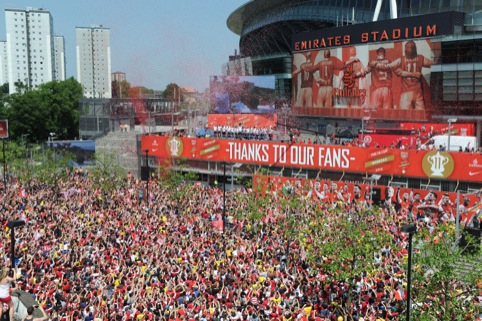
After a dramatic, unforgettable FA Cup final at Wembley, Arsenal Football Club’s victory parade the following day brought Islington to a standstill as 250,000 supporters lined the streets. Celebrating the club’s first major silverware in nine years, nearly 100,000 supporters worldwide watched the celebrations online.
Responsibility for delivering coverage of the event fell to Arsenal Media Group’s (AMG) production manager Petro Mnych. Infrastructure from Blackmagic Design was an integral part of the live production workflow used to cover events on the day as the parade unfolded.
“On the day we had presenter Nigel Mitchell as part of the Arsenal Player show stood on a stage outside the Emirates, talking with the crowd, rolling in VTs and interacting with several presenters from inside our own television studio as part of a second production,” reveals Mnych. “Those split productions had to then essentially be pushed back together as one and fed out online while a return feed was sent back upstairs to the world’s largest mobile LED screen, at 100m2, being watched by thousands of fans outside the stadium.”
The dream
“We started dreaming up the production several weeks before the Wembley final,” explains Mnych, before adding “Covering a live event of this scale and magnitude takes meticulous planning and preparation, you can’t wait until the final whistle goes to start preparing,” explains Mnych.
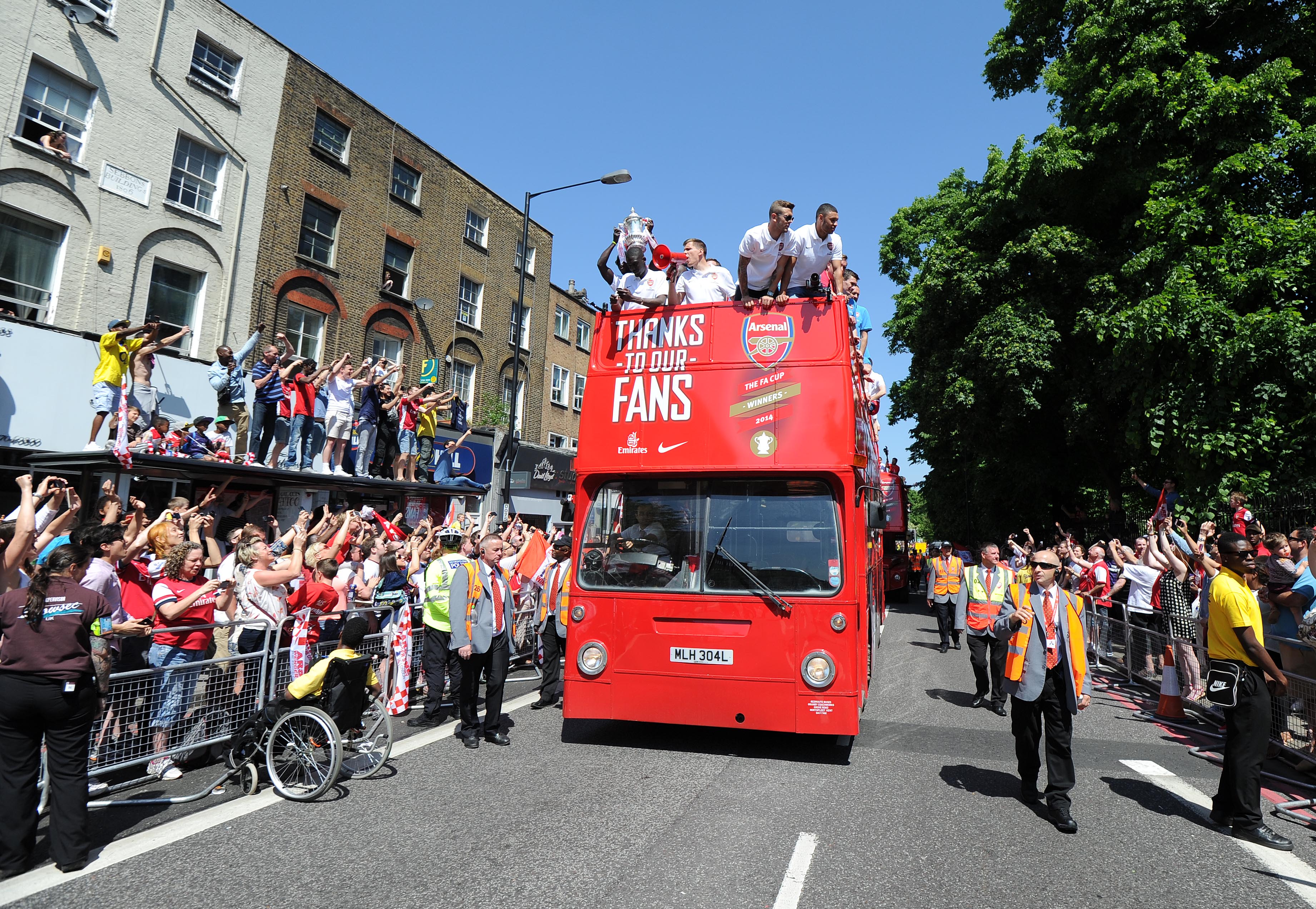
“The first step was to look at how we could take our existing infrastructure, the the television studio and connectivity that the Emirates already had, and feed that up to what we knew had to be an outside broadcast. This was the most elegant way of getting five channels of HD acquisition into a production switcher and then allow the OB director to produce show content for Arsenal Player and push that back to the AMG studio.”
“In the end we used Sony PW700, two Canon C300 and two Blackmagic Pocket Cinema Cameras. We also had a fifth triax camera connected wirelessly using LiveU to our OB providing coverage of events from onboard the bus.”
Live broadcast with ATEM
AMG purchased four drums of armoured optical fibre, each one capable of handling up to eight HD signals. “These were rolled out from the OB compound, where we have a Compact Video router handling signal distribution throughout the stadium, and a whole series of fibre tie lines, so we could patch the OB in from upstairs and take our programme out into the big screens.”
“We had two of these, including a mobile 100m2 LED screen and a second smaller 25m2 screen on attached to the Emirates, we also had to feed the OB with pictures from the television studio and we also had to feed our OB with the Emirates BT facility line so that the director had access to an incoming camera from for Sky’s helicopter,” said Mnych, before adding “the remaining capacity was used for talkback and some spare vision.”
The OB position had an independent live production setup built around Blackmagic’s ATEM 1 M/E Production Studio 4K and 12×12 Smart Videohub 4K router. Taking the four triax HD camera feeds and the single LiveU feed from the onboard bus and the aerial shots from Sky, the director produced show content for Arsenal Player using the ATEMs built in Multivewer. The 12×12 Smart Videohub 4K is used to route the ISO camera feeds and the OB programme mix down in to the television studio, via a Compact Videohub, where the two productions are the put back together.
The director also had an individual isolated feed of each camera, which he monitored on a series of SmartScope Duo 4K and SmartView HD monitors. “One aspect of our OB where the SmartScope Duo 4K proved invaluable was racking up our cameras with a CCU,” explains Mnych. “Using the Blackmagic monitors meant our OB director had access to a quick visual reference and could calibrate each individual feed as required.”
AMG also recorded each ISO feed using three HyperDeck Studio Pro SSD recorders, and subsequently used the footage to produce 25 videos in the week that followed the parade and went out via YouTube.
Winning Formula
“As you can imagine this was a complex workflow that had to ensure not only that everyone in the production chain could talk with one another, but that we could get the vision from our OB, plus the five HD sources into our main studio,” he said. “Having split the initial production as we did, we needed a clean hand-off between each director so that they could throw to one another and then queue when to push back to each other at different times during the show.”

“We were lucky in that we had some good hardware from Blackmagic Design, and a fantastic bunch of people working on the production, which meant that we were able to cope with the minor operational issues that arose on the day, without impeding delivery,” concludes Mnych. “It also helped that we’d been able to trial run some of the infrastructure on the previous day when we screened the final to 50,000 supporters who hadn’t been able to get tickets for Wembley.”

